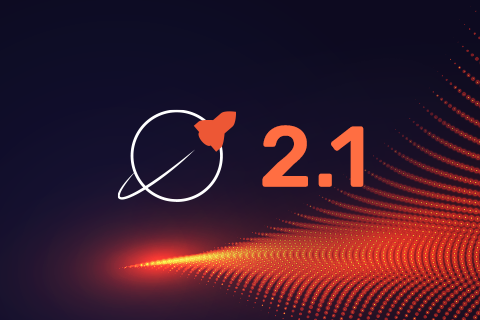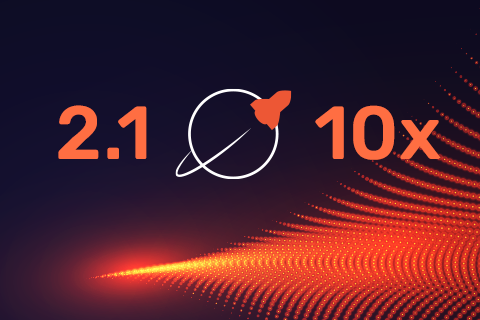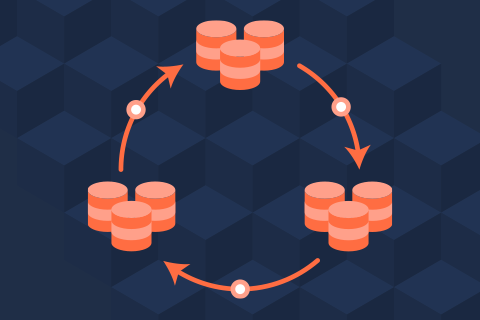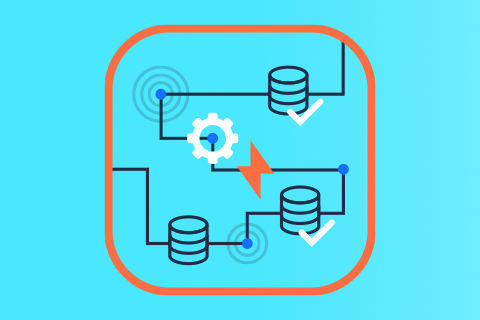5 Query Pushdowns for Distributed SQL and How They Differ from a Traditional RDBMS
A pushdown is an optimization to improve the performance of a SQL query by moving its processing as close to the data as possible. Pushdowns can drastically reduce SQL statement processing time by filtering data before transferring it over the network, filtering data before loading it into memory, or pruning out entire files or blocks that do not need to be read. PostgreSQL is a highly optimized single-node RDBMS when it comes to pushdowns. Because Yugabyte’s YSQL API reuses the upper half of PostgreSQL,
…









